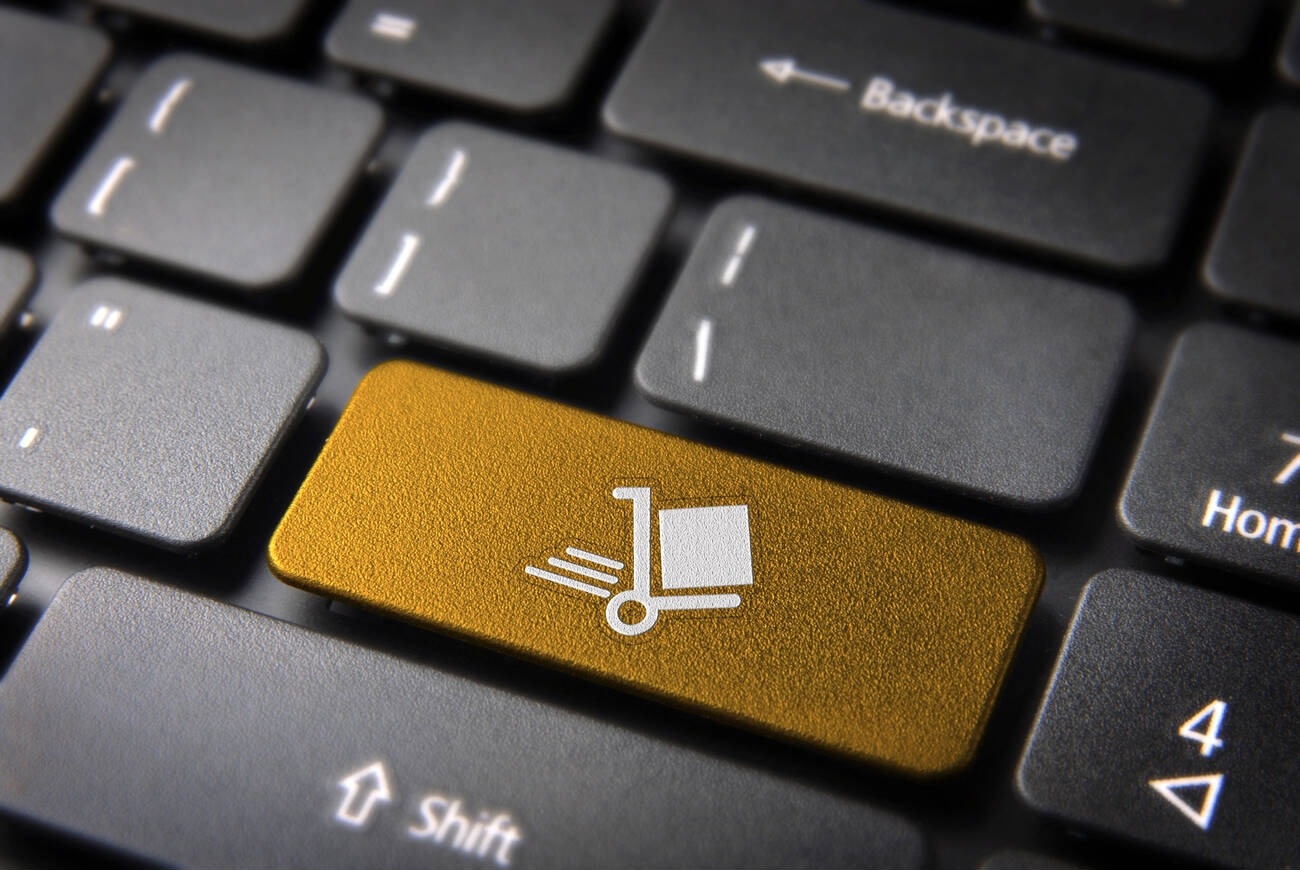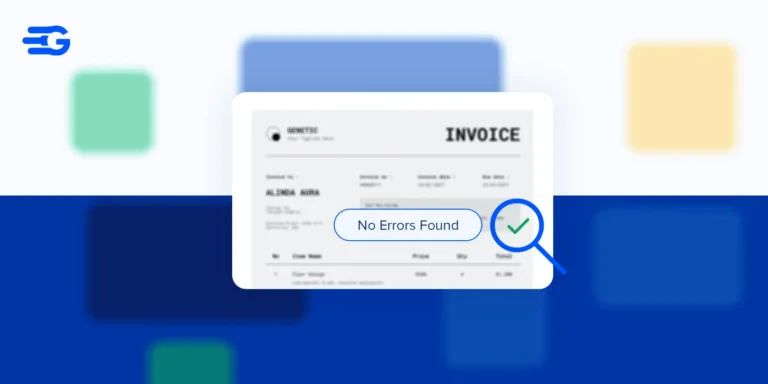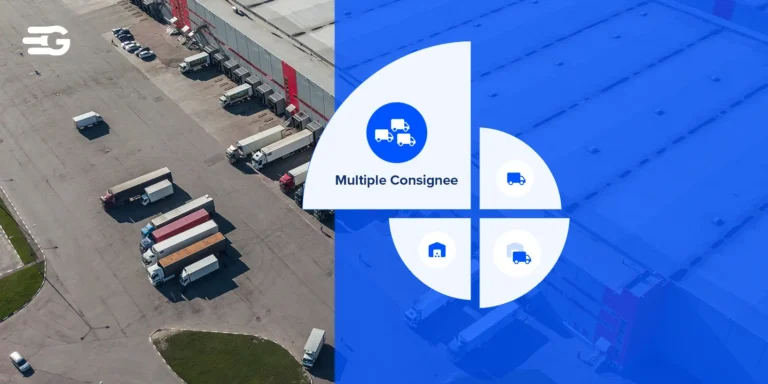Difference between Shipped and Out for Delivery
Do you ever find yourself eagerly anticipating the arrival of a package, only to be left in the dark about its whereabouts? When it comes to shipping statuses, it might be like a path of unknowns, forcing you to frantically check tracking sites and wonder when your package will arrive at your house. Making understanding shipment statuses even more important. However, be at ease as in this blog, we will help you track your deliveries with greater confidence by breaking down common delivery statuses like the difference between shipped and out for delivery.
The Shipping Process
Efficiency is key in the business world, particularly when it comes to moving items from one location to another. However, you might feel better equipped in logistics by comprehending the subtleties of statuses like “shipped” and “out for delivery”. Let’s take a simple look at these status updates to make sure you can easily traverse the world of shipment tracking.
Order Received and Packed: An order is the first step in the process. Once it’s in place, your warehouse crew gets to work. Every item is carefully chosen, inspected, and packed safely for transportation.
Select a mode of transportation: How will your package arrive at its destination? The cost, urgency, and distance are only a few of the variables that affect the answer. Trains are more efficient over long distances, but trucks are more flexible for local delivery. Aircraft and ships take the lead when it comes to international travel. This is where Top 10 Vessel Tracking Software comes in handy. Real-time visibility into your shipment’s location and estimated arrival time keeps you informed and in control.
Customs clearance: Customs clearance is an extra barrier that must be overcome for shipments going abroad. This entails making certain that your items abide by laws and obligations. Consider it as your athlete needing the appropriate visa to travel to another nation. Working together with a trustworthy customs broker can expedite and streamline this procedure.
Out for Delivery: Once customs are cleared, your shipment reaches its destination country and enters the local delivery network. This is where the “out for delivery” notification gives us a heads up on the arrival of the shipment. And finally, your product arrives at its final stop..
‘Shipped’: The Journey Begins
When “shipped” appears on your order screen, excitement and anticipation kick in. But what exactly does this word mean? The “shipped” status on your order signifies the crucial first step in your package’s journey from the warehouse to your doorstep. Understanding this stage offers valuable insights into your order’s progress and timeline.
From Warehouse to Transportation
When an item is marked as “shipped,” it leaves the seller’s warehouse and travels through the transportation network to reach its destination. Now let’s explore the specific procedure:
Packaging Preparation: The seller gets the goods ready for shipping before starting the voyage. In order to guarantee that the product is safe and undamaged throughout transit, this requires meticulous packaging. To protect sensitive products, utilise protective materials like packing peanuts or bubble wrap.
Labelling and Documentation: Following packaging, a unique tracking number and shipment details are attached to the item’s label. This label, which includes important information like the tracking number, weight, and destination location, acts as the item’s passport across the transportation network.
Transfer to Carrier: Following labelling, the item is given to the selected shipping business or carrier. The package is now scanned by the carrier so that it may be formally entered into their system. This stage signifies the change in ownership from the seller to the carrier.
The Functions of Freight Management: Once the shipment is in route, freight management procedures take effect. Optimising transportation routes, controlling expenses, and guaranteeing on-time delivery are all part of freight management.
GoComet’s procurement platform simplifies freight negotiations, offering an AI-powered RFQ solution for cost-effective international shipping and seamless integration with your logistics operations. Streamline your supply chain and unlock savings with GoComet’s intelligent procurement tools.
Transport to Sorting Facility: The box is delivered by the carrier to a sorting facility, which acts as a hub for package processing and routing. Packages are scanned and arranged at the sorting facility according to their delivery method and destination.
Sorting and Routing: The shipment is processed further once it gets to the sorting facility. It is arranged with other items according to the destination, shipping service, and speed of delivery. This guarantees that every package is sent via the proper route and mode of transportation for a timely delivery.
Loading onto Transportation: The package is placed onto the suitable mode of transportation following sorting. For local delivery, this could mean using trucks; for international shipments, it could mean using aeroplanes for air freight. Along with other shipments going in the same route, the package is safeguarded.
Transit to Destination: The parcel sets out on its way to the addressee. It might go via a number of distribution and transit hubs while in route. Periodically, tracking data is updated to reflect the package’s progress and estimated time of delivery.
‘Out for Delivery’: Nearing the Destination
A parcel’s status of “out for delivery” marks an important turning point in its route by signifying that it has arrived at the last stop before reaching its final destination. A package marked “out for delivery” indicates that it has been sorted and placed onto a delivery vehicle, like a van or truck, and is currently being transported to the recipient’s address. This status indicates that delivery is about to occur and that the package is getting close to its destination.
Seeing the status “out for delivery” can cause recipients who are anticipating their package to become excited that their box is on its way and will soon be in their possession. It shows that the package has made it through the entire transportation system and is now in the care of the local delivery staff, who will make sure it gets to the recipient on time. As soon as a package is identified as “out for delivery,” recipients may usually expect it to arrive within a few hours or the same day, depending on the delivery schedule and logistics of the route.
The Last Leg of the Shipping Journey
The “out for delivery” notification signals that your package is in the homestretch of its journey, but it still faces one final hurdle: the last mile. This crucial stage determines the overall delivery experience, transitioning anticipation into either satisfaction or, occasionally, frustration. Let’s look into the practicalities of this final leg and how local delivery services manage your valuable shipment.
The last- mile delivery process begins once the package is loaded onto a local delivery vehicle, it becomes part of a planned series of stops and drops. The driver, similar to a conductor, navigates through a pre-planned route, ensuring each package reaches its intended recipient while maximising efficiency. Several factors come into play during the last mile including:
- Delivery Density: Individual delivery times are impacted by more frequent stops in urban areas with dense addresses.
- Delivery Method: It gets more complicated when there are special instructions or signature requirements involved.
- Unforeseen Obstacles: Route disruptions due to traffic jams, delays, or bad weather can affect delivery times.
Key Differences Between Shipped and Out for Delivery
The “shipped” and “out for delivery” statuses might seem interchangeable, but understanding their key differences can provide valuable insights into your package’s progress and set realistic expectations for arrival. Let’s unpack the distinctions between these crucial stages and how they impact timing, tracking accuracy, and ultimately, your delivery experience.
Where is your package?
The status ‘Shipped’ signifies the beginning of your package’s journey. It has departed the originating warehouse or fulfilment center, but its precise location keeps on changing. It’s like boarding a train, where you know it has left the station, but the specific details of its progress across vast networks of sorting facilities and regional hubs remains unclear.
Whereas, ‘Out for delivery’ marks the final leg of your package’s journey. It has reached its destination city or town and is aboard a local delivery vehicle, actively navigating its way to the final location.
Timing and Tracking Accuracy
Tracking updates in the ‘Shipped’ stage can be less frequent, offering general estimations of arrival based on chosen shipping method and distance. Delays due to sorting, customs clearance, or unforeseen transportation issues might occur without immediate notification. Think of tracking a train crossing vast stretches of landscape – updates might be limited to major stops.
On the other hand, tracking becomes significantly more granular in the ‘out for delivery’ stage, providing real-time updates on the delivery vehicle’s location and estimated arrival window. Delays due to traffic, detours, or multiple stops are reflected more accurately, allowing you to adjust your expectations in real-time.
Conclusion: Enhancing Customer Experience with Clarity
It is essential to comprehend shipping statuses in order to improve client happiness and experience during the delivery process. Understanding basic statuses such as “shipped” and “out for delivery” allows customers to get important information about the status of their shipment and to realistically estimate when it will arrive. In addition to lowering waiting-period anxiety, open and honest communication about these statuses promotes confidence and transparency between e-commerce companies and their clients.
Customer expectations in the fast-paced world of online purchasing nowadays include accurate and speedy order updates. Businesses can reduce customer frustration when delays occur and enable consumers to track deliveries with confidence by providing them with information about shipping statuses and its implications. This proactive strategy not only improves the general client experience but also strengthens the bond between businesses and customers.
In the end, having clear communication on shipment updates is essential to guaranteeing a smooth and happy delivery experience. Businesses can reduce uncertainty, foster trust, and create a lasting positive impression by arming customers with the knowledge they need to comprehend the nuances of the shipping process. Prioritising openness and providing information about shipping statuses will be crucial for fostering long-term client loyalty and happiness as e-commerce grows.





